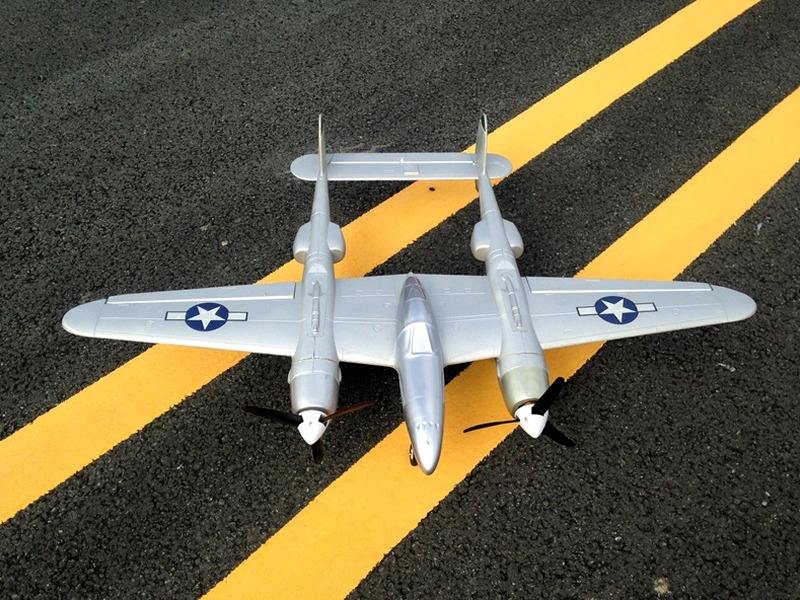How long can RC jets fly?

RC jets are a type of radio-controlled aircraft that are powered by a jet engine. They are typically used for recreational purposes, such as flying competitions and aerobatic displays. RC jets are capable of flying for extended periods of time, depending on the size and type of the aircraft.
The size of the RC jet will determine how long it can fly. Smaller RC jets, such as those used for indoor flying, can usually fly for around 10 minutes. Larger RC jets, such as those used for outdoor flying, can fly for up to 30 minutes. The type of engine used will also affect the flight time, with electric engines typically providing longer flight times than nitro engines.
The amount of fuel used will also affect the flight time. RC jets typically use a combination of kerosene and turbine oil as fuel. The amount of fuel used will depend on the size and type of the aircraft, as well as the type of engine used. Generally, larger RC jets will use more fuel than smaller ones, and electric engines will use less fuel than nitro engines.
The weather conditions will also affect the flight time of an RC jet. Windy conditions can reduce the flight time, as the aircraft will have to work harder to stay in the air. High temperatures can also reduce the flight time, as the air is less dense and the engine will have to work harder to generate thrust.
Finally, the pilot’s skill level will also affect the flight time of an RC jet. Experienced pilots will be able to get more out of their aircraft, as they will be able to fly more efficiently and use less fuel.
In summary, the flight time of an RC jet will depend on the size and type of the aircraft, the type of engine used, the amount of fuel used, the weather conditions, and the pilot’s skill level. Smaller RC jets can typically fly for around 10 minutes, while larger RC jets can fly for up to 30 minutes.
Comments / Question
1. Increasing the fuel efficiency of the aircraft by using lighter materials and more efficient engines.
2. Increasing the range of the aircraft by adding auxiliary fuel tanks or using a higher-capacity fuel tank.
3. Reducing drag by using more aerodynamic designs and materials.
4. Increasing the aircraft’s thrust by using more powerful engines or adding thrust-enhancing devices.
5. Adding air-to-air refueling capability to the aircraft.
6. Utilizing advanced navigation and flight control systems to optimize flight paths and reduce fuel consumption.

